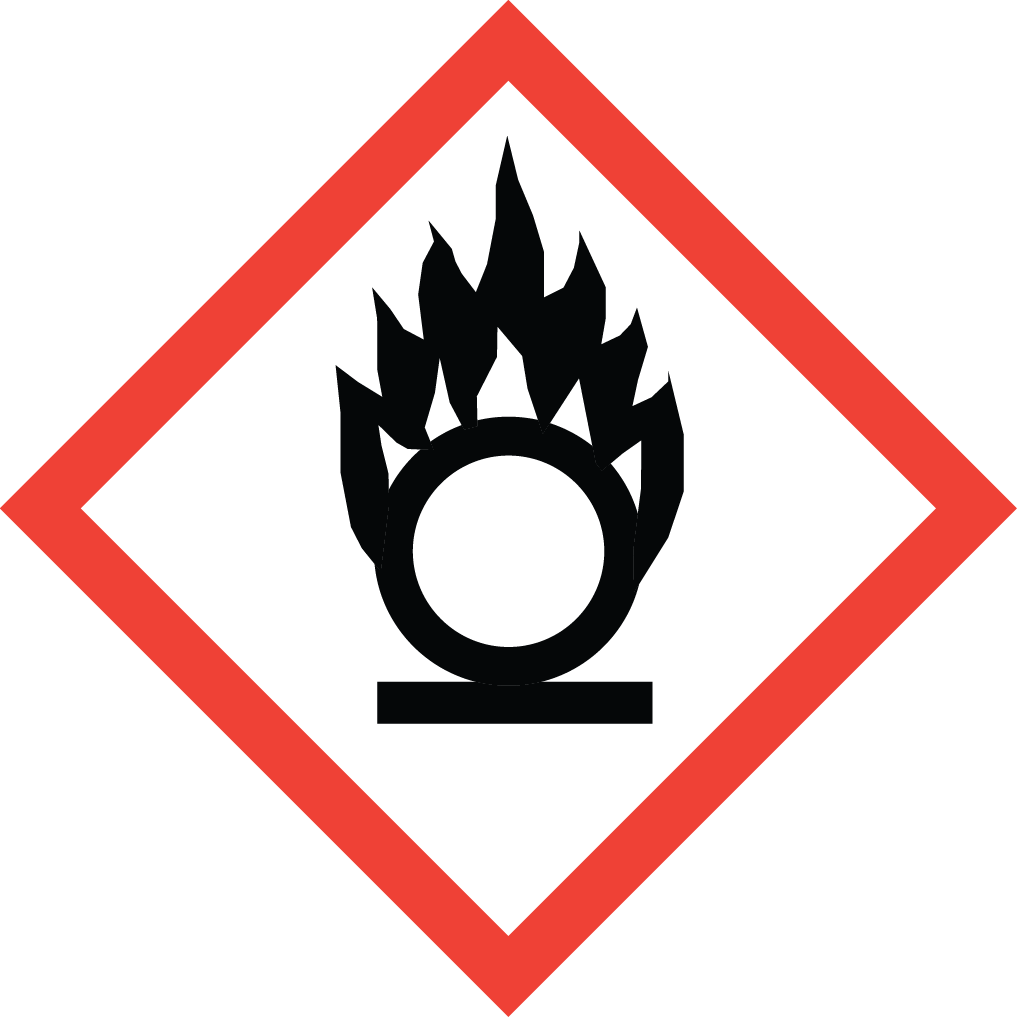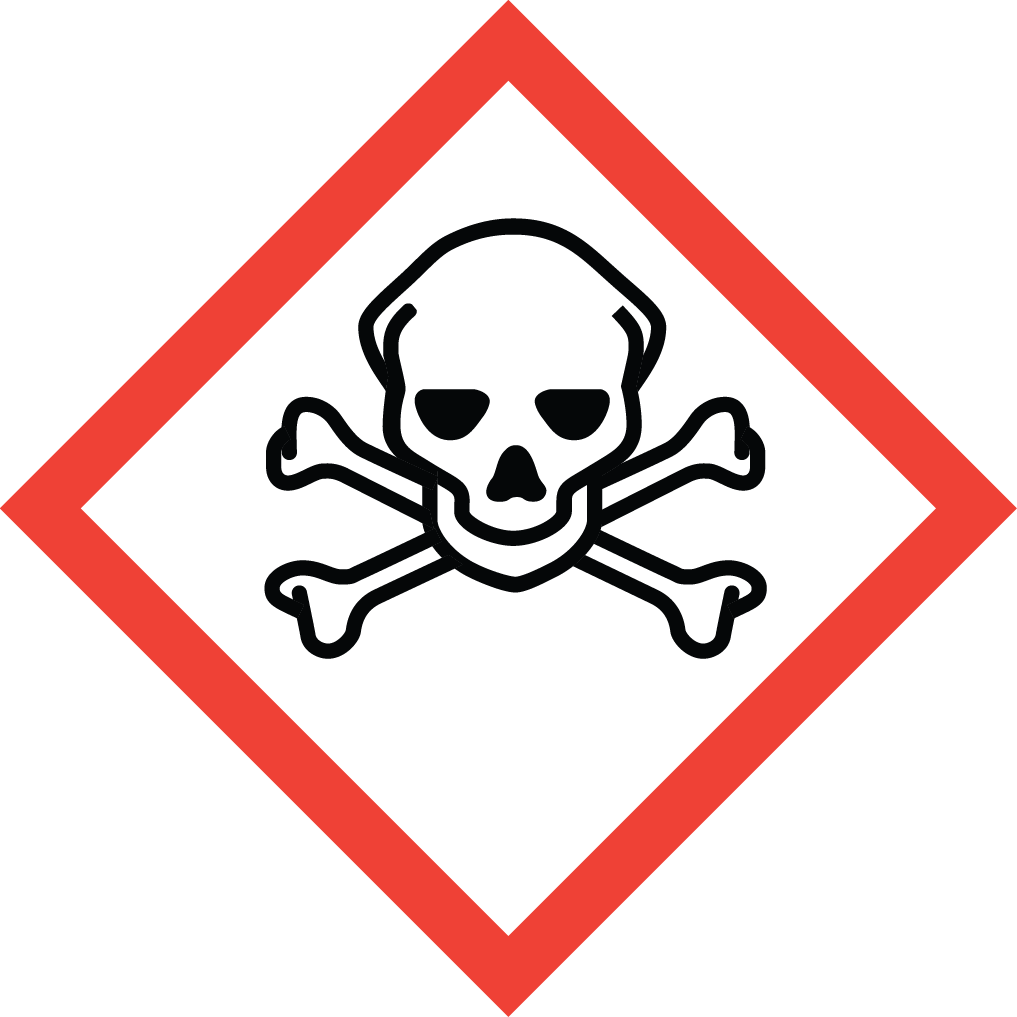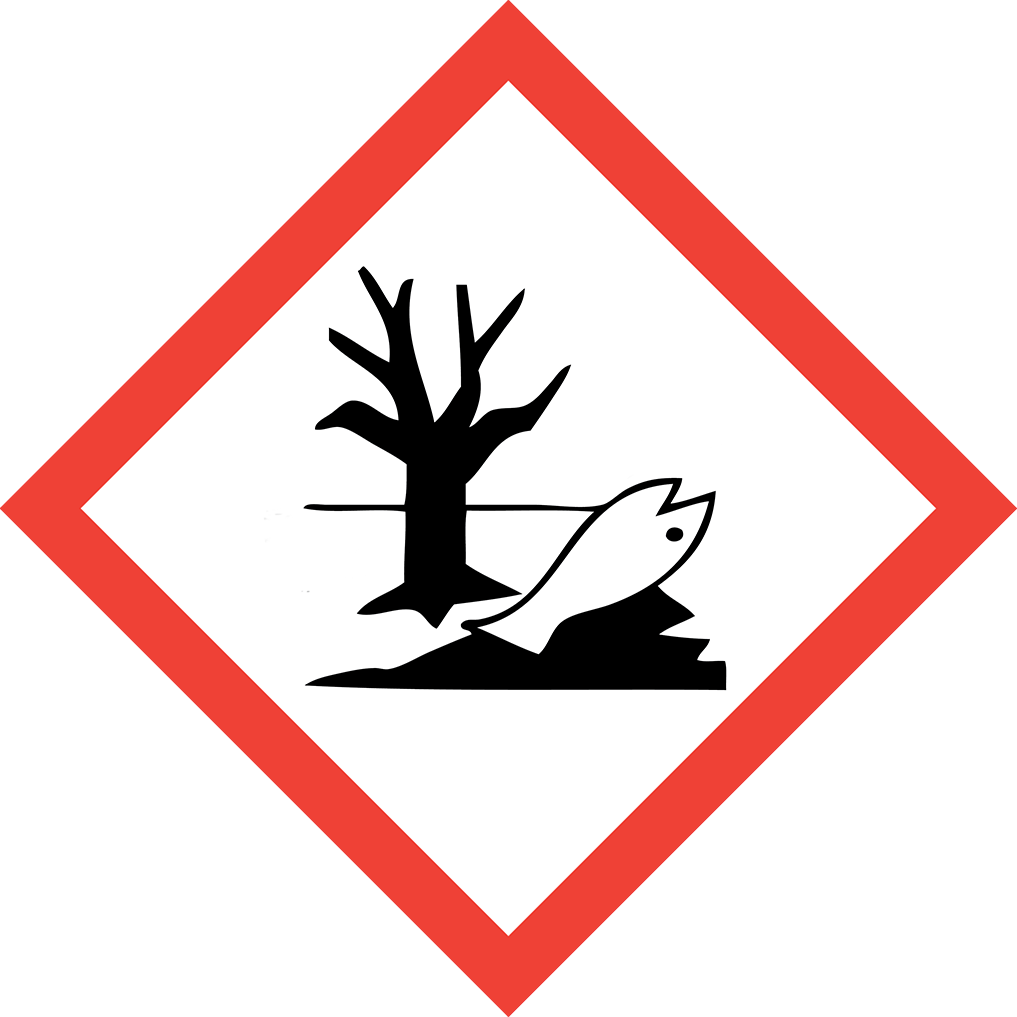Aure Chemical: Your Reliable Source for High-Purity Sodium Nitrite
Aure Chemical is a premier global supplier of high-quality Sodium Nitrite (NaNO₂). With the CAS number 7632-00-0, this versatile inorganic salt is a white to yellowish crystalline powder, highly soluble in water. Sodium Nitrite is renowned for its diverse industrial applications, particularly as a vital food preservative and curing agent in the meat industry, a potent corrosion inhibitor, and a key component in the synthesis of organic dyes and pharmaceuticals. Aure Chemical's commitment to excellence ensures that our Sodium Nitrite meets the stringent purity and performance requirements for your most demanding applications, guaranteeing consistency and reliability.
Basic Information of Sodium Nitrite
Sodium Nitrite (CAS No. 7632-00-0) is meticulously produced and rigorously tested to meet stringent quality standards. We ensure exceptional purity and consistent performance, essential for your operations:
| CAS No.: | 7632-00-0 |
|---|
| EC No.: | 231-555-9 |
|---|
| Linear Formula: | NaNO₂ |
|---|
| Molecular Weight: | 69 |
|---|
| Appearance: | White to yellowish crystalline powder. |
|---|
| Melting point: | 271 °C (lit.) |
|---|
| Density: | 2.17g/cm3 |
|---|
| Solubility: | Highly soluble in water. Moderately soluble in alcohol. |
|---|
| Nature: | Oxidizing agent. Hygroscopic. Toxic if swallowed or inhaled. |
|---|
| RIDADR: | UN 1500 5.1, 6.1/PG 3 |
|---|
| Chemical Structure: |  |
|---|
Our commitment to delivering high-purity Sodium Nitrite ensures a reliable and efficient component for your critical processes.
Primary Applications of Sodium Nitrite
Sodium Nitrite's unique chemical properties, including its oxidizing and reducing capabilities, make it an incredibly valuable and versatile compound with applications across numerous industries:
Food Preservative and Curing Agent:
One of its most prominent uses is in the meat processing industry as a curing agent. It helps to preserve meat, enhance flavor and color (e.g., in cured meats like bacon, ham, and hot dogs), and most critically, inhibit the growth of *Clostridium botulinum*, the bacteria responsible for botulism.
Corrosion Inhibitor:
Sodium Nitrite is widely employed as a corrosion inhibitor in various industrial systems, including cooling water systems, pipelines, and automotive antifreeze. It forms a protective passive layer on metal surfaces, preventing rust and degradation.
Dye and Pigment Synthesis:
It is a crucial reagent in the production of organic dyes, pigments, and intermediates, particularly in the diazotization process used to synthesize azo dyes, which are widely used in textiles, paper, and printing inks.
Pharmaceutical Industry:
Sodium Nitrite is used as a reagent in the synthesis of certain pharmaceuticals and other fine chemicals.
Rubber and Textile Industries:
In the rubber industry, it can act as an antioxidant or a blowing agent. In textile applications, it is used in bleaching and dyeing processes.
Photography:
Historically, it has found limited use in photographic processes as an anti-fogging agent.
Why Choose Aure Chemical for Your Sodium Nitrite Supply?
Aure Chemical is dedicated to providing superior chemical solutions and unparalleled customer support. By partnering with us for your Sodium Nitrite requirements, you benefit from:
Exceptional Purity & Consistency: Our Sodium Nitrite is manufactured to stringent purity specifications, critical for maximizing effectiveness in sensitive applications like food processing and ensuring consistent performance in industrial processes.
Reliable Global Supply Chain: We maintain a robust and efficient supply network, guaranteeing timely and secure delivery of this essential chemical to your facilities worldwide, adhering to all strict safety and regulatory standards for hazardous materials.
Expert Technical Support: Our team of experienced chemists and specialists is readily available to offer comprehensive guidance on product application, safe handling procedures, and optimal storage conditions for Sodium Nitrite.
Commitment to Quality & Safety: We adhere to the highest industry standards for quality management, safety, and environmental responsibility across all our operations, ensuring peace of mind for our clients.
Choose Aure Chemical for a trustworthy and dependable supply of high-quality Sodium Nitrite. We're ready to support your most demanding and innovative industrial processes.
Hazards Classification
GHS Classification: Oxidizer (GHS03), Acute Toxicity (GHS06), Environmental Hazard (GHS09)
Hazard Statements: May intensify fire; oxidizer; toxic if swallowed; toxic to aquatic life with long lasting effects.
UN Number: UN 1500
Hazard Class: 5.1 (Oxidizing Substances), 6.1 (Toxic Substances)
Packing Group: III
 GHS03: Oxidizer
GHS03: Oxidizer GHS06: Acute toxicity
GHS06: Acute toxicity GHS09: Environmental hazard
GHS09: Environmental hazard
